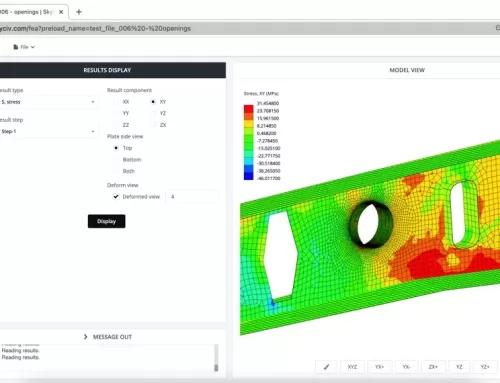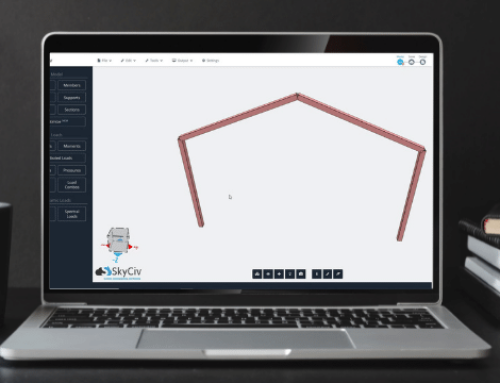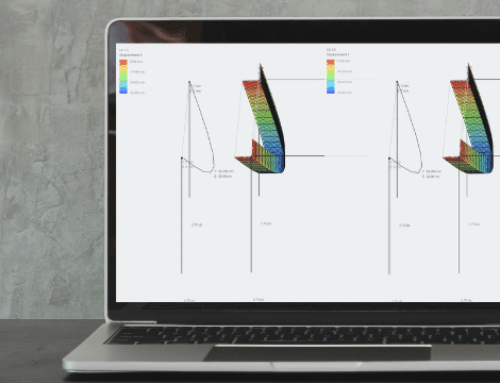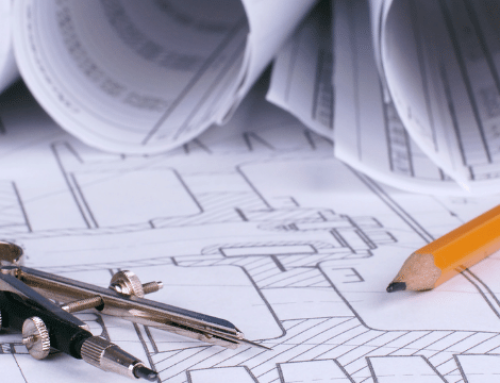Catenary Cable Elements
A good structural analysis software will include the ability to model structures using a dedicated cable element. Some software do not directly support cable elements but suggest that cables are modeled using a series of tension-only truss elements. However, in order for truss elements to be even remotely accurate in this scenario, the user is required to enter initial nodal positions to estimate the deformed shape of the cable. As one can imagine, this often becomes a difficult task in the case of sagging and pre-tension. Furthermore, if an engineer attempts to model a cable element using a beam member with weak flexural stiffness (Iz and Iy), then the deflection will be large without any increase in axial force when a transverse loading is applied. This is clearly not how cables behave. A true catenary cable element will take into account the change in geometry due to the transverse loading and "convert" this action into axial tension. Thus, a single catenary cable element can model the behavior of a cable with greater accuracy and convenience than a beam element or multiple truss elements.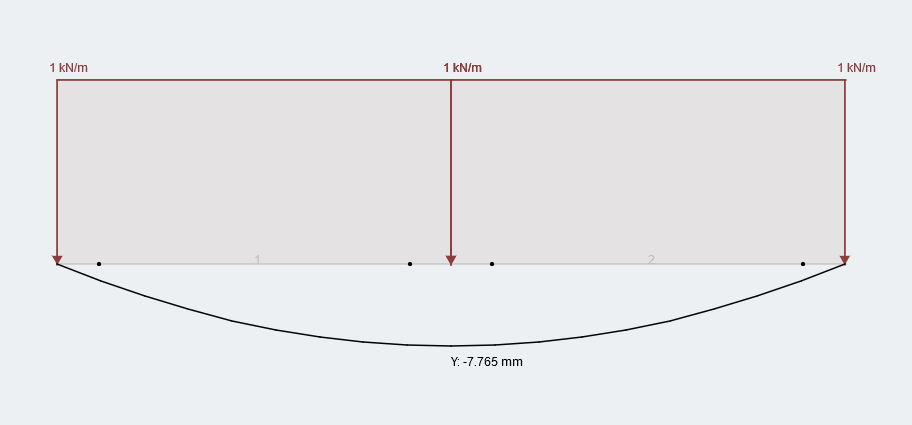
A single catenary cable element showing deflection due to a UDL.
Unique Attributes of Cables
Cables are special in that they only have axial stiffness that supports tension. This means that they have no flexural, shear or torsional capacity. Additionally, as cables' loads increase, they tend to become more stiff and are able to support larger amounts.How Does a Non-Linear Analysis Benefit Cables?
As stated above, cables are geometrically non-linear because they are highly elastic and flexible, thus large deflections are common when cables are involved. In a linear-static analysis, the equations of equilibrium are based on the undeformed geometry before loads are applied. However, if deformation is large (such as when cables exist), it is necessary to consider equilibrium in deformed states. Imagine that as loads are applied, they change direction as the structure deforms and rotates. You can see an example of this in the image below. If the beam experiences small deflection, then the path of the loads will remain constant as the beam deflects. However, if the beam is deflecting and rotating significantly, the loads become diagonal rather than vertical. Cables exhibit similar behavior when they deform and therefore a geometrically non-linear analysis is required.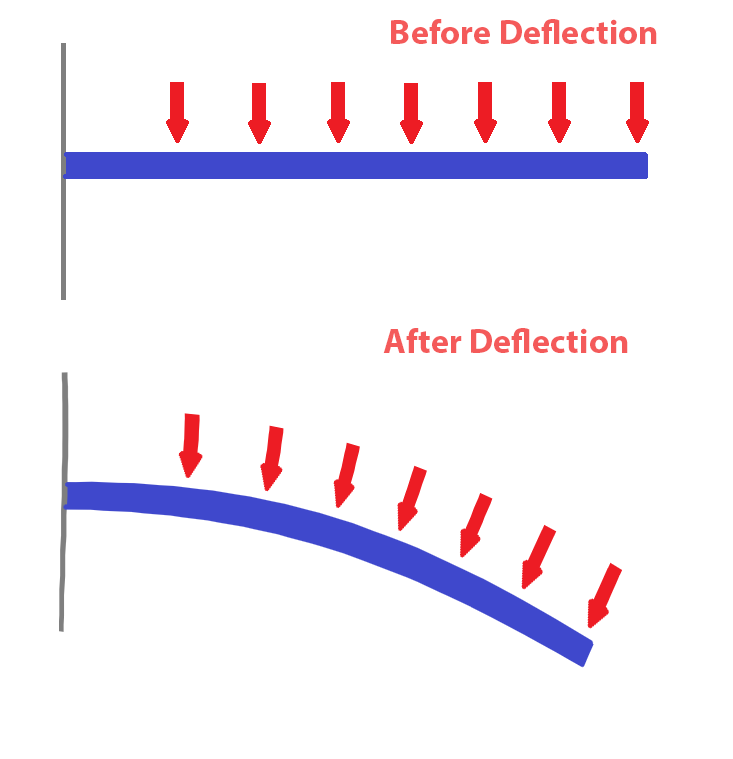
The direction of loads changes when deflection is large, making a linear-static analysis inappropriate.
The difficulty with modeling cables often stems from convergence issues. Non-linear analyses are iterative, so the solution may diverge.SkyCiv Structural 3D: Catenary Cables
The good news is that SkyCiv can now analyze catenary cables via non-linear analysis using large displacement theory. In v2.1 of SkyCiv Structural 3D, users will now be able to model cables using a true catenary cable element. Our customers can also control pre-tensioning and sagging of the cable by specifying an initial (or unstrained) cable length.Haven't tried SkyCiv? Get started for free today!
Paul Comino
CTO and Co-Founder of SkyCiv
BEng Mechanical (Hons1), BCom
LinkedIn
CTO and Co-Founder of SkyCiv
BEng Mechanical (Hons1), BCom


